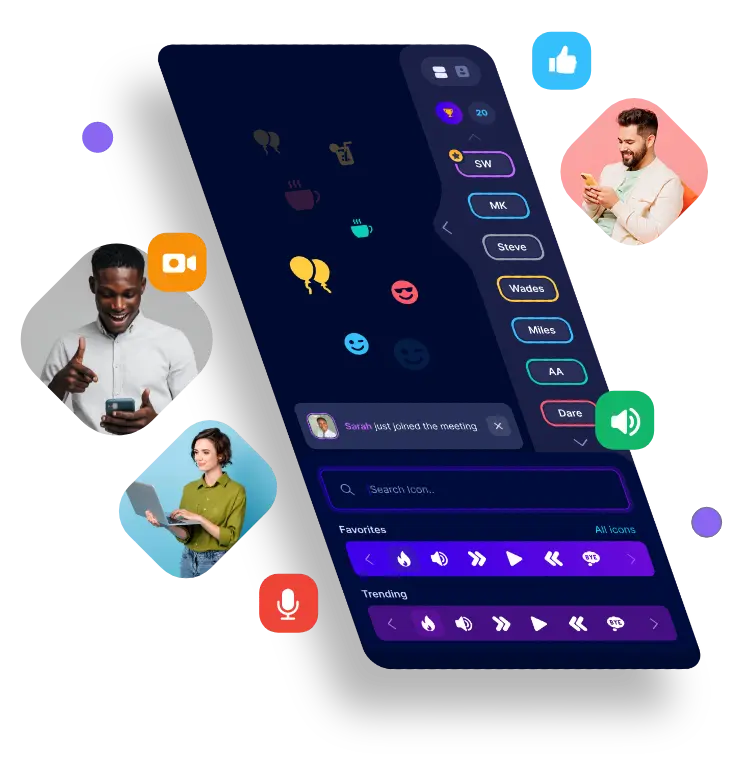
Emojis, the small pictographic symbols used in electronic messages and social media posts, have become a ubiquitous part of modern communication. But where did they come from, and how did they become such an integral part of our digital lexicon?
In Townhall, we carefully curate a menu of emojis for participants to communicate and engage with meeting hosts. The ???? emoji is the most popular!
The origins of the emoji can be traced back to Japan in the late 1990s. At the time, Japanese mobile phone companies were looking for a way to differentiate their services and make them more appealing to users. As a result, they began incorporating small, cartoon-like symbols called "emoji," which means "picture character" in Japanese, into their messaging systems (potentially the earliest by SoftBank in 1997). These emoji were initially used to represent objects, animals, and other common items, and could be inserted into text messages to add some personality and flair.
The popularity of emoji in Japan quickly spread to other parts of the world, and in 2010, the first set of official emoji was standardized by the Unicode Consortium, an organization that manages the encoding of text in computers and other devices. This allowed emojis to be used and displayed consistently across different platforms and devices.
Since then, the use of emojis has exploded, with over 3,000 different emojis available today. They have become an integral part of communication, allowing people to convey emotions and ideas in a quick and visual way. In fact, ???? won the 2015 Oxford Dictionary Word of the Year! You can even propose your own new unicode emoji.
So the next time you use an emoji to add some personality to your text message or social media post, remember its humble beginnings in Japan and the role it has played in the evolution of digital communication.

